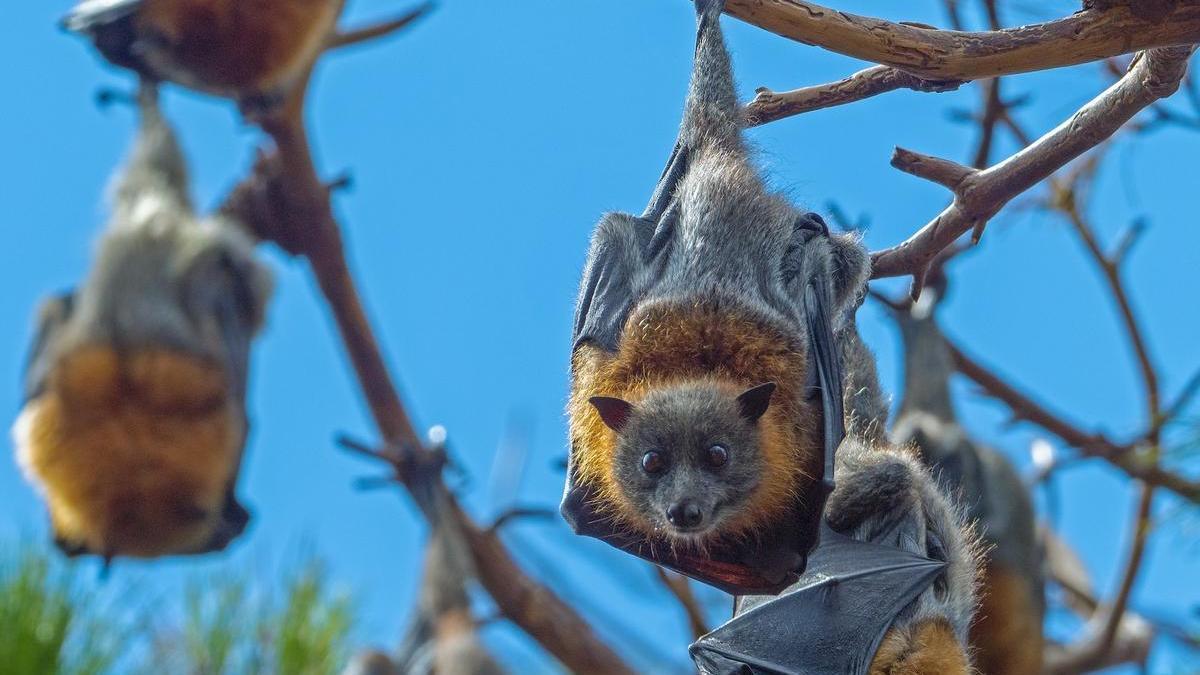Scientists found a **[new species](https://noticiasambientales.com/ciencia/encontraron-nueva-especie-de-grillo-en-la-patagonia-como-es-el-insecto/)** of bat in northern Mexico and named it in a very special way.
It is called *Corynorhinus leonpaniaguae*, in honor of Dr. **Livia León Paniagua**. She is a researcher and curator of the Mastozoological Collection at the Faculty of Sciences of the UNAM, with an extensive career.
This particular species is endemic, meaning that it is only found there, and represents a significant advance in the **taxonomy of local mammals**.
## New bat species in Mexico: what it’s like
This discovery was led by a team of researchers from the **Veracruzana University** (UV), in collaboration with specialists from other institutions.
*Corynorhinus leonpaniaguae sp. nov.*, the full name, joins the **144 species of [bats](https://noticiasambientales.com/animales/colonia-de-murcielagos-en-la-facultad-el-novedoso-metodo-de-control-de-plagas/)** described in Mexico, being an endemic species that inhabits the states of Nuevo León, Coahuila, and Tamaulipas, according to an article published in the UNAM Global magazine of the National Autonomous University of Mexico (**UNAM**).
It is now officially part of the list of bats considered in the country, but the **discovery was originally published last year**, with the official announcement. Precisely, on February 21, 2024, through an article published in the scientific journal *Plos One*.
Belonging to the Vespertilionidae family, this bat shares its habitat with another species of the same genus, *Corynorhinus townsendii*, although it presents morphological and molecular differences that justify its classification as a **new species**.
## Unique physical characteristics
Among the characteristics that distinguish this new species is the **number of interfemoral lines** near the tail, as this new species has eight or fewer.
While *Corynorhinus townsendii* has ten or more. Additionally, molecular analyses revealed **significant differences**, such as a smaller **average forearm size** and a projection in the jaw that could be related to a diet based on harder prey.
However, researchers emphasized the need for **further studies** to better understand its ecology and feeding habits.
## Who is Livia León Paniagua, the honoree
The research team decided to name the new species in honor of Dr. **Livia León Paniagua**, a prominent Mexican mastozoologist with over four decades of experience at UNAM.

According to the national university, she has been teaching for 40 years and is a curator in the Mastozoological Collection.
In the coming months, the curator will study the **genomic diversity of six bat species** in Mexico and advise two theses on heavy metal levels in bats and rodents in the Mezquital Valley, Hidalgo.
“These are exciting projects that help us understand what happens in our environment, as animals act as biomonitors,” she concluded.
Have you visited our YouTube channel yet? Subscribe!

